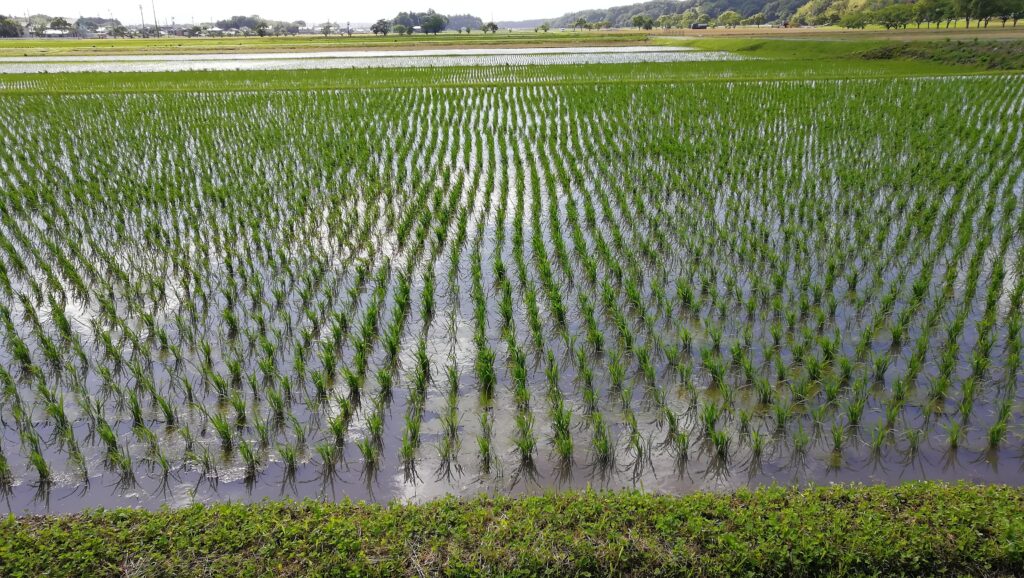Get the Japanese Superfood List
Last Saturday, I enjoyed a Satoyama cycling trip. It’s now June, and the rice paddies have transformed. The rice plants are flourishing, their vibrant green hues blanketing nearly the whole field.
With my break at an end, I’m embarking on the new quarter of my Hare and Ke Intermittent Fasting regimen.
What’s the plan for this quarter?
Interestingly, I’m not setting a rigid regimen this time; instead, I’ll be making decisions on a weekly basis. One week, I might go for a 36-hour fast from Monday to Tuesday morning, then enjoy three meals each on Tuesday, Wednesday, and Thursday, followed by a 24-hour fast on Friday. The next week, I might stick to a regular 17-hour fast from Monday to Friday. Then, perhaps a week of alternating between a single 24-hour fast and four days of 17-hour fasting, or a 36-hour fast one day and 17-hour fasting for the next three days.
My schedule for each day will also factor into my decision, especially since I tend to spend more time gardening during the summer. This activity may necessitate more frequent meals. The same principle applies to my exercise routine. On the days I work in the garden, I can afford to trim down my workout time.
Embracing such flexibility is crucial to sustaining your biohacking endeavors. Some individuals adhere strictly to their plans, sticking to their routines irrespective of other commitments. For instance, if they’ve planned for a 45-minute jog four times a week, they’ll follow through, even if their week is packed with cycling trips or extensive yard work. While this approach works for some, it can potentially lead to setbacks due to overextending oneself.
To gain a deeper understanding of how to adapt and flow with changing circumstances, I recommend Chapter 6 of Ikigai Bio-Hacking, titled ‘Mental Exercises to Bio-Harmonize Yourself’. It features a section called ‘Proactive vs. Reactive: Going with the Flow’ that is particularly insightful.
